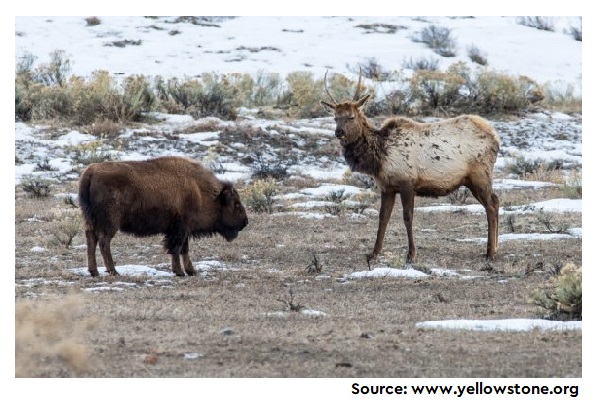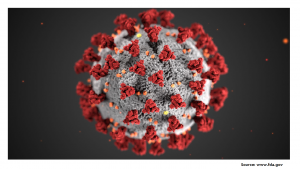Antimicrobial resistance (AMR) has been recently acknowledged as one of the most pressing issues affecting human health and the role of mankind in exacerbating this problem with the overuse of antimicrobials is widely discussed. While causes of AMR has largely anthropogenic contributions, the fact that resistance against antimicrobials occurs naturally as a part of survival mechanisms of microorganisms, should not be overlooked. Animals including livestock have been considered as one of the most important reservoirs of Antimicrobial resistant microorganisms such as AMR bacteria.
In a recent study, researchers demonstrated the significant presence of antimicrobial resistant genes among hooved animals (ungulates) in their natural habitats. The study was conducted among the animals of two national parks in USA- the Rocky Mountain and Yellowstone National Parks- and found that they have genes which are resistant to tetracyclines. But, excreta of cattle had the presence of erm(A-X) genes in large proportions making them resistant to macrolide antibiotics. Also, AMR genes which have medical significance were found to be different in cattle and natural ungulates while, in total, had higher predominance in natural soil.
The research findings suggest that the much talked about presence of resistance to tetracyclines in the feces of cattle could be a naturally occurring phenomenon among hooved animals and not just due to the exposure to antimicrobial drugs. But, the fact that there was absence of genes resistant to macrolides among natural ungulates as opposed to cattle suggests exposure to macrolide drugs, mostly resulting from agricultural usage. Thus, the study shows that antimicrobial use for agricultural purposes could actually contribute to the development of specific type of AMR such as that of macrolides even though AMR genes are naturally found in ungulates.
To read more, kindly visit the website of the journal- ‘Science of the Total Environment’ (link).







